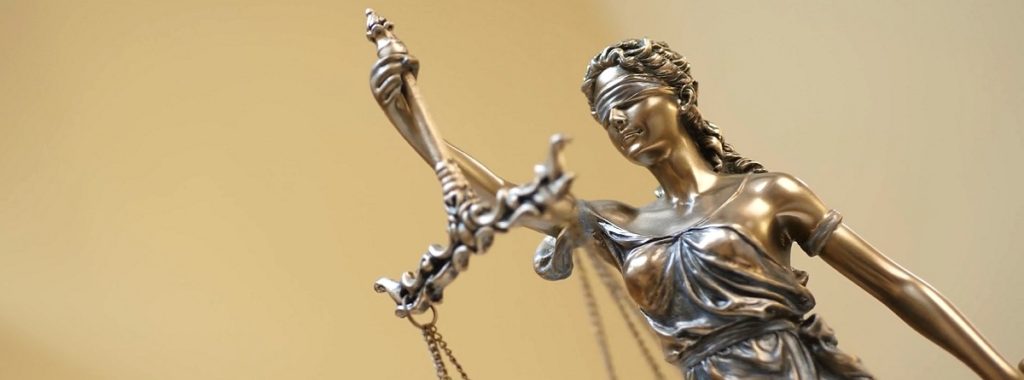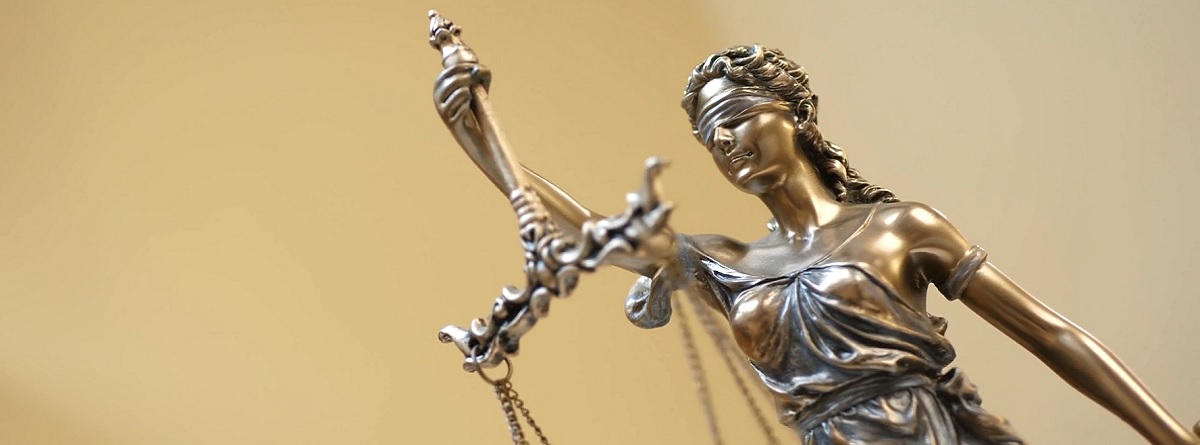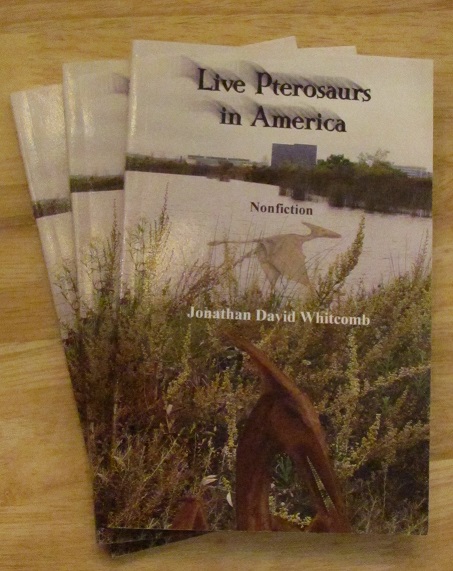By the cryptozoologist Jonathan Whitcomb
Late in 2019, I responded to a skeptical comment on one of my Youtube videos. My detailed response was in a Facebook Note: “Can we Trust Witnesses?”, yet people need to get an even bigger picture, for critics have brought up similar skeptical comments over the years.
Here’s that full critical comment that was made in December of 2019:
“Witness reports re [sic] not nearly as credible as you would like to believe. It is a fact that perspective is usually lost when viewing objects, birds flying in the air.” [comment by Dan Carlson, about December 30, 2019]
That video, “Pterodactyl Sightings in Los Angeles”, is on my Youtube channel Protect Animal Life. Watch it to see the context:
Every Communication Involves a Witness
I found it interesting that the skeptic used the phrase “witness reports”, for he probably meant eyewitness reports. His word choice, however, helps me respond to his comment.
Whenever someone communicates an idea, whether it’s in words or is nonverbal, he or she is a witness of that idea. The person does not have to have been an eyewitness of anything; many ideas do not come directly from observing anything with the eyes, nevertheless, that person is a witness: He or she communicates what was perceived in the mind.
The Least-Credible Witness
Over the past 16 years I (Jonathan Whitcomb) have encountered a number of skeptics, including those who actively oppose the idea that not all species of pterosaurs are extinct. Some of them have made comments like this:
“Eyewitness reports of apparent living pterosaurs should not be trusted because people do not see nearly perfectly with their eyes and they also do not remember nearly perfectly.”
Yet what is in the mind of the critic? Is that person observing carefully a well-crafted idea? The more that we precisely envision the correct idea, the further we get from what the critic was actually thinking. Indeed, the skeptic who makes a statement like the above, in order to convince people that nobody has ever seen a living pterosaur—that skeptic is far less credible than the eyewitness, although that’s not obvious to critics.
Of course human visual perception and memory is imperfect, to say the least. Yet we have something even LESS reliable than witnessing something with our eyes. It’s related to witnessing something in the imagination.
When a person has a preconceived opinion on an idea (generally a bias for or against the idea), he or she may be the least reliable witness, far less reliable than the person who has seen something with the eyes. Of course exceptions are possible, yet when hundreds of eyewitnesses testify of something that goes against the imagination of one skeptic, that skeptic’s imagination is less valuable by far than the testimonies of hundreds of eyewitnesses, especially when those hundreds of persons describe details that clearly point to modern pterosaurs rather than to any other interpretations.

Consider what people around the world have seen, then judge
###
Short Youtube music-video about living pterosaurs
.
Living Pterosaurs on Instagram
This is the page Protect Animal Life (PAL) on Instagram
.
Top 10 Most Shocking Pterosaurs
Not all paleontologists or biologists believe that it’s impossible for a species of pterosaur to still be alive. In fact, one biologist has searched for living pterosaurs in both North America and in Papua New Guinea: Peter Beach.
.
This is a full page about explorers who have searched for these amazing flying creatures, some of the expeditions having been in Papua New Guinea.
.
Get your own copy of the nonfiction cryptozoology book Live Pterosaurs in America (third expanded edition).




